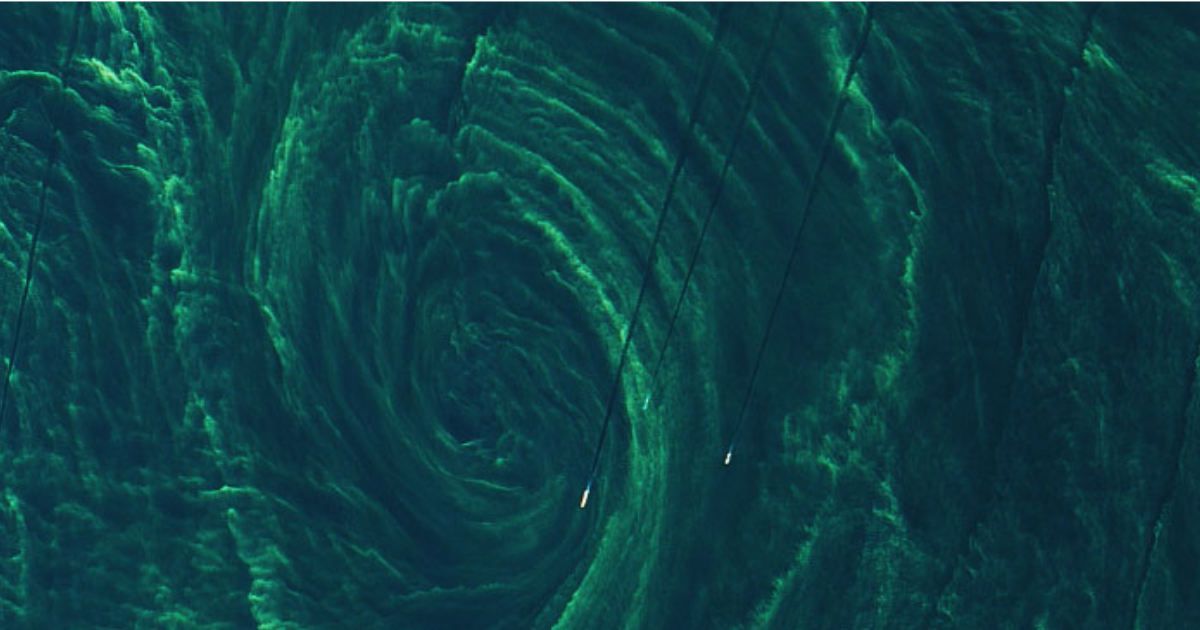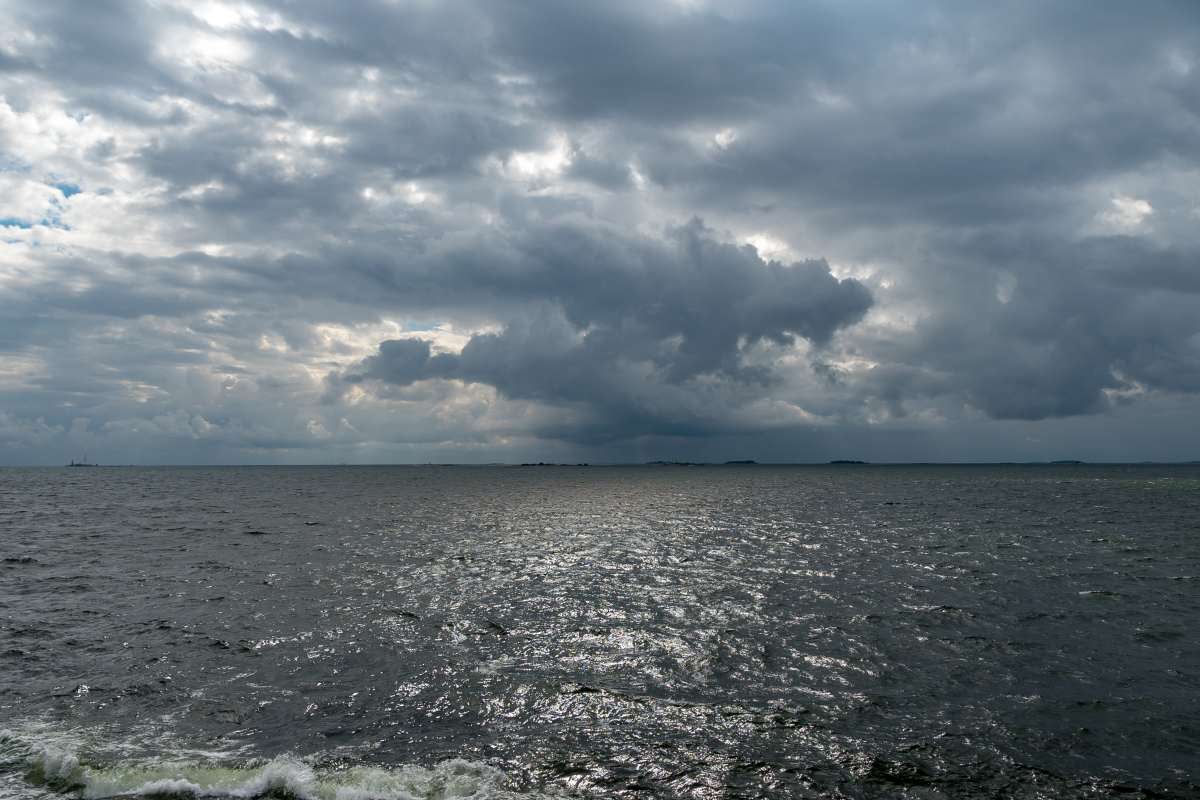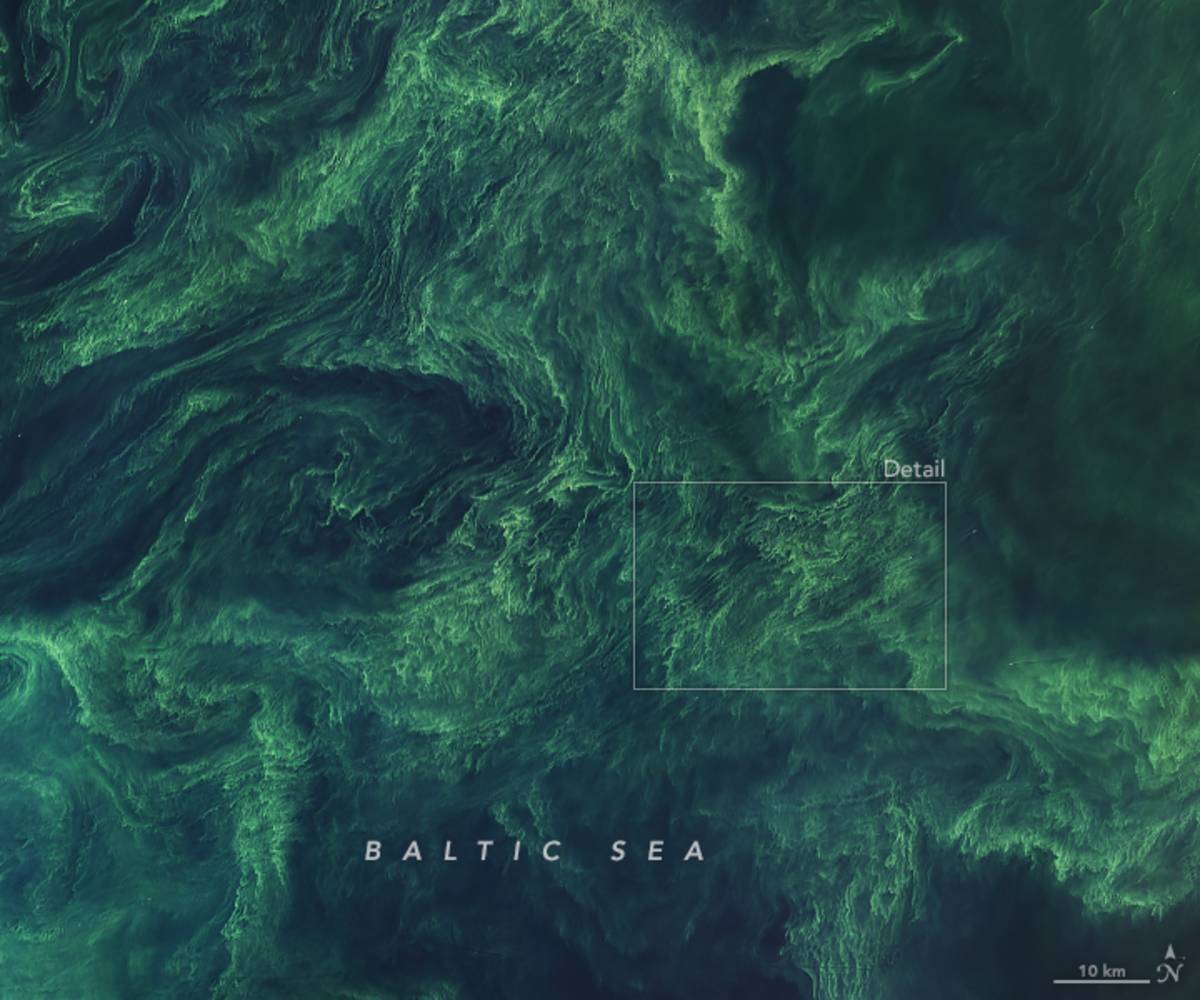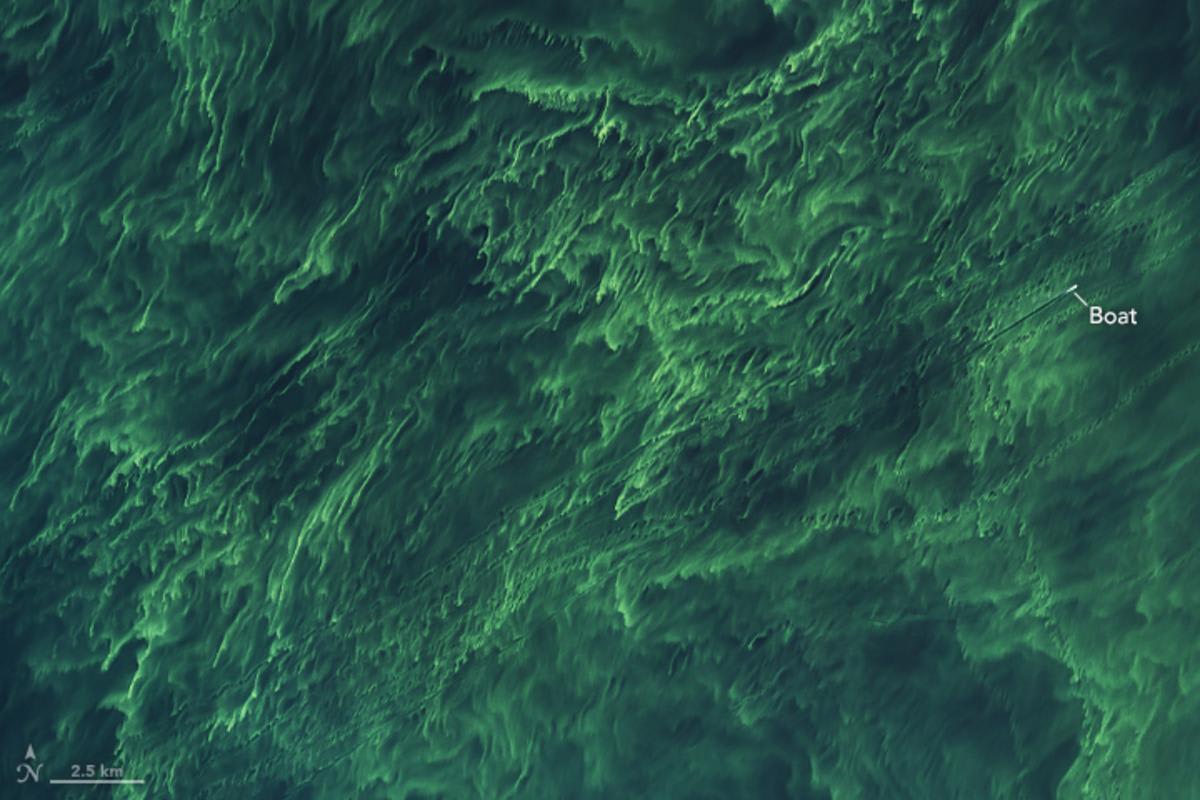‘Phytoplankton’ Bloom Turns Baltic Sea Into an Eerie Green in Photos Captured by Space Satellite

Stunning images of the Baltic Sea have surfaced from the Landsat 9 satellite. The images were captured on July 20, 2025, using OLI-2 (Operational Land Imager). The photos feature the Baltic Sea enveloped in a brilliant green, as reported by NASA Earth Observatory. Experts believe the green color is possibly due to its warm summer waters being overrun by certain microorganisms. The regions of the Baltic Sea featured in the photos are the waters present in the south of Gotland and southeast of Stockholm in Sweden. Though fantastic to look at, the presence of these specific microorganisms is not a new affair by any means.

Microorganisms of the Baltic Sea
Experts believe that the greenery noted on the waters of the Baltic Sea is due to the phytoplankton blooms it has been experiencing. This bloom happens every summer in the water body. The images feature multiple phytoplanktons gathering together to form bright green patches, and are swirling along with the winds and currents. There are also some dark lines present in the 'green' patterns captured on the waters in the southeast of Stockholm. They are essentially disturbances created by boats during their voyage in the area.

What Kind of Phytoplanktons Make Up This 'Green?'
Satellite images are not enough to determine exactly what microorganisms are blooming in the regions. Researchers from the Swedish Meteorological and Hydrological Institute (SMHI) claim that the waters in the area on July 20 contained cyanobacteria. These microorganisms are ancient marine bacteria. It can both capture and store solar energy with the help of photosynthesis. Experts in the past have claimed that cyanobacteria show up in these particular regions between late June and mid-July.

The microorganisms grow swiftly, as they receive plentiful phosphorus along with dissolved nitrogen from the warm and stratified summer waters of the Baltic Sea during this specific period. Researchers believe that the presence of cyanobacteria influences multiple phenomena, such as nitrogen cycling, as well as the food web. It facilitates bottom-layer oxygen deficiencies after breaking down. Moreover, there is a possibility that the yellow-green parts appear due to suspended pollen and sediment. Researchers have yet to conclusively determine the cause of the green swirls that cover the Baltic Sea every summer.
Legacy of Cyanobacteria in the Region
Landsat 8 had also captured this Baltic greenery in 2020, as reported by NASA Earth Observatory. Back then, researchers claimed that sediment cores extracted from the seafloor indicated that phytoplankton blooms have been happening in the Baltic Sea for thousands of years. In certain years, the bloom encompasses 77,220 square miles (200,000 square kilometers) of the sea surface, which is around half the size of Sweden.
Over time, the "bloom" intensified due to excess nutrients coming from the land surrounding the sea. The main reasons behind this nutrient runoff include the increased usage of agricultural fertilizer and enhanced sewage production. It is essential that the "bloom" occurs in balance, because less of it could deteriorate the nitrogen cycle, but more of it could reduce the amount of oxygen in waters excessively.